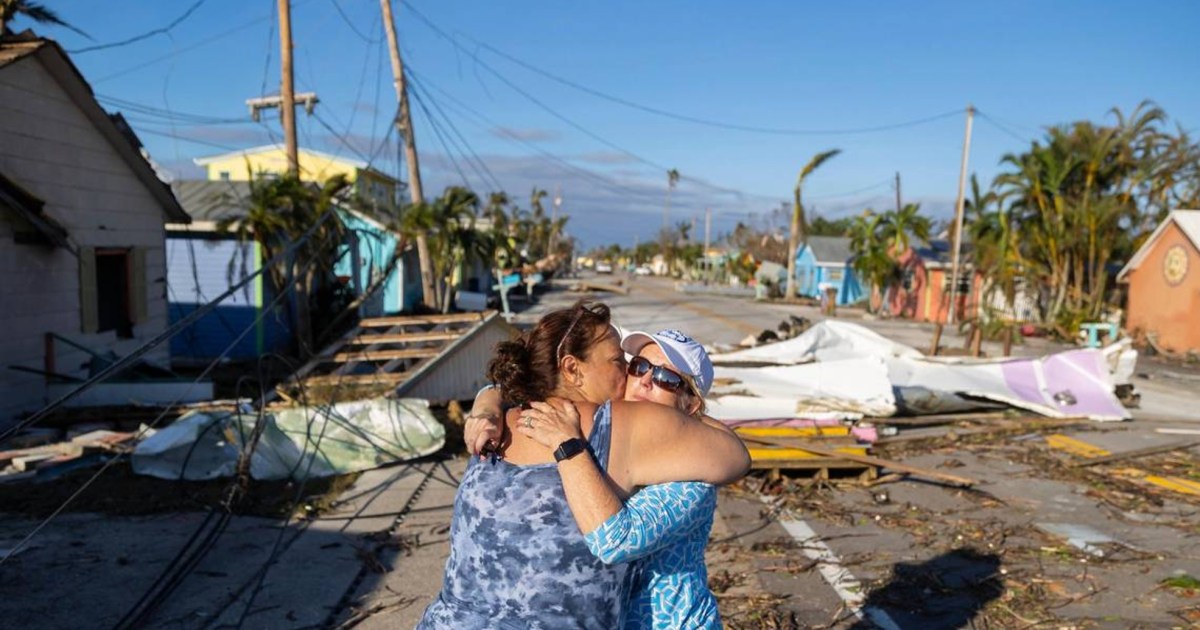…To handle massive payout events like [Hurricane] Andrew, insurance companies sell policies across different markets—historically, a hurricane wasn’t hitting Florida in the same month a wildfire wiped out a town in California. They themselves also pay for insurance, a financial instrument called reinsurance that helps distribute risk across geographic regions. Reinsurance availability remains a major driver of what insurance you can buy—and how much it costs.
But as climate change intensifies extreme weather and claims pile up, this system has been thrown into disarray. Insured losses from natural disasters in the US now routinely approach $100 billion a year, compared to $4.6 billion in 2000. As a result, the average homeowner has seen their premiums spike 21 percent since 2015. Perhaps unsurprisingly, the states most likely to have disasters—like Texas and Florida—have some of the most expensive insurance rates. That means ever more people are forgoing coverage, leaving them vulnerable and driving prices even higher as the number of people paying premiums and sharing risk shrinks.
This vicious cycle also increases reinsurers’ rates. Reinsurers globally raised prices for property insurers by 37 percent in 2023, contributing to insurance companies pulling back from risky states like California and Florida. “As events are getting bigger and more costly, that has raised the prices of reinsurance in those areas,” said Carolyn Kousky, the associate vice president for economics and policy at the Environmental Defense Fund, who studies insurance. “It’s called the hardening of the market.”
In a worst-case scenario, this all leads to a massive stranded asset problem: Premiums get so high that property values plummet, families’ investments dissipate, and banks are stuck holding what’s left.
More simply, the global process for handling life’s risks is breaking down, leaving those who can least afford it unprotected.



I spent my whole life for the most part living in the midwest in the USA and I always wanted to move to a coastal state to enjoy the ocean. once I got older and I realized how bad of an idea that was when it came to safety and economics, I have grown to realize how fortunate I am to be living in the midwest with what climate change is looking to bring us.
The thunderstorms and tornados in the Midwest are going to get worse and reach farther than before. I don’t remember hearing about as many twisters touching down in Colorado as we had this year, although that could be my confirmation bias talking.
Sure, but that’s a lot easier to deal with vs hurricanes, rising water levels, and floods
You think the Midwest won’t get flooding, especially among water ways? My old insurance company has already pulled out of the Colorado market because of increased risk of hail and fire.
Coastal flooding vs lake flooding
Ask the residents along the Mississippi how less devastating it can be when it floods.
I mean I live on lake Michigan it’s not like I’m ignorant of this